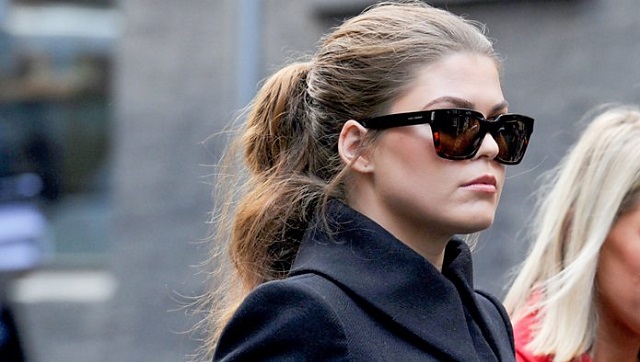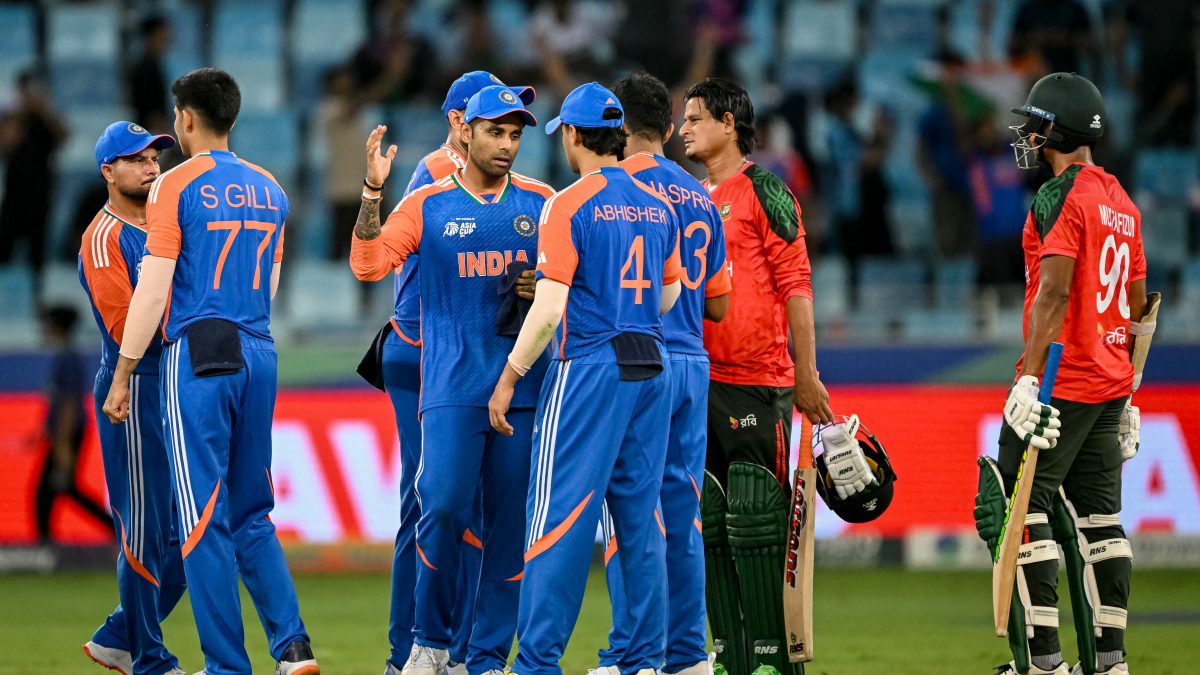If you were among Belle Gibson’s 3,00,000 Instagram followers and she had told you in 2013 that ’eating clean’ would cure your cancer, you would have probably believed her advice too. Kylie, a personal trainer and cancer patient did when she stumbled upon Gibson’s profile — curated for those charmed by healthy living.
A new BBC Three documentary, Bad Influencer: The Great Insta Con, follows the rise and fall of Belle Gibson through her ’teachings’ and influence on her followers, some young and struggling with chronic diseases.
Belle Gibson, the ‘wellness guru’, and her followers
Kylie was six months into an intense chemotherapy routine aimed at her recently-diagnosed lymphoma when she saw Gibson on Instagram. The Australian wellness blogger said she had “cured” her inoperable brain cancer after being told she had a four months to live just by eating clean, loving and living. “I’m dying on the inside, getting worse with every single treatment. I look horrendous. And she’s out there living her best life,” Kylie thought as Gibson posted snatches of her curated lifestyle on social media. Influenced by it, Kylie bought the wellness guru’s bookbook and app, The Whole Pantry. She was tired of going to chemo and the alternative seemed to be working for Gibson, or so she claimed. Her brand was even backed by Apple and she struck a book deal with Penguin.
In addition to Kylie, the documentary introduces us Maxine, who was diagnosed with ulcerative colitis at the age of 11. Studying at university when she started considering natural treatment routes to heal medical conditions, Maxine was already off her medicines. “I was so angry at having to put up with this disease and not getting to be a normal teenager,” she adds in the documentary. Gibson’s clean eating app seemed like just what Maxine needed to feel normal again. The traditional medical route had failed to provide her the long-term care she needed.
The Instagram myth of holistic living
An influential part of the wellness industry, which is now valued at around £2.8 trillion globally, Gibson was making claims — some already known to the public and popularised by wellness influencers — which didn’t invite media scrutiny till 2015. In that year, an Australian publication exposed Gibson, stating she had falsely claimed to be donating a portion of her app and book proceeds to charities. Soon, journalists and media houses sensed that there was something wrong with Gibson’s ’too good to be true’, holistic-living, avocado-eating approach: it was shortly reported that she had lied about having cancer.
Over the years, social media has allowed the wellness craze to grow wildly. But experts say the idea of living holistically has been around since the ’60s. Nonetheless, the age of Instagram has given rise to many bloggers like Gibson who dish out advice for those asking how to live ‘better’. Often, influencers without proper accreditation will operate behind well-crafted personas. Their documentation of their own wellness experience will usually lack medical evidence, and borrow heavily from anecdotes. To make their experience more authentic, many will add pictures of their journeys — a visual representation of a seemingly happier life. They rarely lean towards undergoing independent testing procedures and rely on vulnerability to be the only language spoken and heard between them and their followers. The likes and comments follow naturally since visual content is what drives Instagram, and most followers won’t question everything they read online.
It’s also what Maxine tells us in the documentary: to not believe everything we read on the internet.
The fall of Belle Gibson
It was only in 2015 after Gibson’s lie had become knowledge that the Australian authorities started going after her. A journalist named Richard Guilliatt, whose wife had battled cancer, found Gibson intriguing, and he decided to dig deeper. He was surprised to find that all trails of her existence from the year 2012, which is when she broke into the Instagram wellness scene, had been wiped off the internet. Worse, she had a history of pretending to be ill. The empire that Gibson built came crashing down once Guilliatt started an investigation into the funds that the blogger was supposedly donating to several charities. The organisations in question hadn’t received a penny, due to “poor projections” for The Whole Pantry app and the book.
In 2017, she was fined £240,000 for misleading her audience about donating to charity. She was subsequently found guilty of five breaches of consumer law. After to failing to pay back any of the fines, authorities began to seize Belle’s assets. She cannot be found on social media now, her book deal vanished and so did the endorsement from Apple. People only see her sometimes on her way in and out of court.
Why we trust lifestyle gurus blindly
Experts think our willingness to trust wellness gurus and influences is a reflection of our lack of confidence in institutional and professional solutions. It’s because we have come to associate expertise with scrutiny to such a a degree that the only ‘real’ experiences that appeal to us are those of the Instagram bloggers who aren’t part of that system at all. Perhaps this is why we trust a Kourtney Kardashian’s healthy living blog Poosh more than our neighbourhood nutritionist.
Even though information is more freely distributed now due to the prevalence of blogs, both textual and visual, there is a dark side to this democratisation: this is where credibility and trust issues collide and impact the way we seek and process advice. Even though Gibson’s brush with law has exposed the ugly side of Instagram capitalism, it’s also a wake up call for those in pursuit of the perfect holistic lifestyle, sometimes more gramworthy than sustainable.


)
)
)
)
)
)
)
)
)



